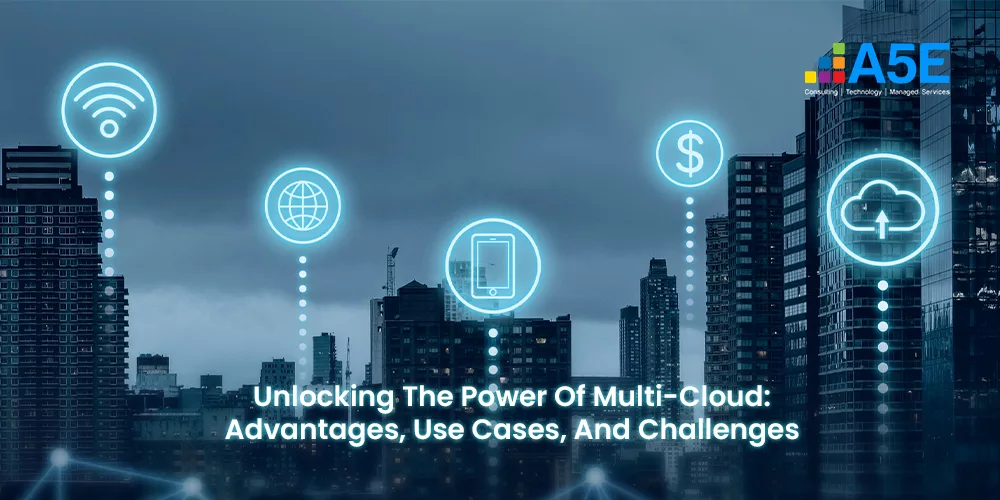
The “Time to Value” Question While Adopting ERP
While an ERP can innately provide a wealth of benefits, putting it into practice can also materialize challenges. For instance, synchronizing complex pricing structures to enhance the viability of customer-facing elements can often lead to time-consuming and frustrating data inconsistencies.
If an ERP isn’t working to help curb such irregularities, the path to modernization risks becoming a monumental investment with a long road to a situation that can deliver measurable ROI.
Therefore, businesses must understand how and when they can (and will) realize the value of ERP adoption and how it will help them reap benefits in the intricately connected areas of efficiency and customer experience.
Why Do ERP Projects Take a Long Time?
Business-Specific Factors
1. Nature of Business
Often the industry-specific factors will determine how long a business takes to implement and reap the benefits of ERP. For example, manufacturing businesses (pharma, food) consume a huge bulk of their resources and time in production, distribution, and sales processes. Consequently, any change in how inventory is controlled will cause a great deal of impact throughout the entire organization. Contrarily, the implementation for wholesale distributors may prove much quicker.
2. Unrealistic Expectations
An ERP is assumed to be a magic pill that will reduce costs and increase productivity. But one has to understand that ERP is a complex technology that requires businesses to invest time in strategizing and subsequently digitizing their workflow. Process changes may be called for. Monitoring and tracking mechanisms will have to change. It goes without saying that a business can never expect instant success.
3. Business Size
The modules specific to weaving efficient workflows could be very different for a small business as compared to a large enterprise. ERP is comprised of various interdependent modules that must operate in harmony to execute the tasks, which range from financial to warehouse management. Most businesses can’t afford the chances of failure because they often make the ERP the cornerstone of their transformation strategy, and as such, they must be extra careful while adopting an ERP.
Software-Specific Factors
1. Software Complexity
As elucidated above, ERPs are very complex and come with multiple modules required at the implementation time. And most of the modules are new for traditional companies, ultimately increasing the implementation time and time to value.
2. Scope of Customization
Even though the ERP packages are comprehensive, they might not be ideal for a business right out of the box. For instance, every business will be using different processes nuances to manage its day-to-day operations. As such, it would require careful change management planning to ensure that the business doesn’t lose out on any of its fruitful existing processes. The core functionality of the ERP must be retained while allowing for company-specific customizations. This could introduce complexities as the organization confronts questions like, whether the customization is possible and how long would it take to put into place?
People-Specific Factors
1. Tech-Savvy Skills
Your employees might be very tech-savvy, but they might still fall short of the needs of the ERP package. They may find it hard to leave learned behaviors and move to new processes. Some ERPs require extensive software development and IT processes knowledge and an understanding of how to seamlessly connect the legacy and the modernized processes.
2. Number of Users
As the organization scales, the number of users keeps on increasing. In such cases, it takes time for every employee to get acquainted with every software module. And this further escalates the time required for adoption and the realization of its benefits.
How SAP RISE Can Help Increase Time to Value
SAP has launched a next-generation modular ERP, S/4HANA, to support businesses looking to avoid frequent transformation initiatives and build a foundation for digital innovation. As it stands, RISE with SAP offers the best solution to move into this tier-1 enterprise-grade ERP solution.
SAP RISE bundles all the software required for S/4HANA along with the infrastructure component of ERP deployment. It includes services like asset intelligence network, Ariba network, and logistics business network to combine everything under one umbrella.
More so, it provides direct connectivity across SAP and third-party systems to aggregate, store, and interpret data required by organizations to perform their job efficiently.
Since RISE with SAP integrates data and processes, it can work best to increase time to value. It helps expand beyond S/4HANA with innovative ways to add operational value and business insights to the digital footprints. The cherry on the top is that RISE with SAP is hosted in the Cloud, and all the infrastructure, underlying operations, and application layers are managed by SAP.
While support often becomes a headache for organizations, SAP and implementation partners like A5E Consulting work together to provide excellent support seamlessly.
In addition, SAP RISE also has a learning hub, mainly focused on the common use cases and solution-specific journeys. It also enables easy access to SAP’s Business Technology Platform (BTP) capabilities without additional licenses.
Another critical factor that can maximize your time to value is the intelligent robotic process automation (RPA) under the SAP BTP toolkit. This service helps automate manual business processes to reduce costs and increase efficiency.
How an Expert Like A5E Can Help You Realize Faster “Time to Value”
RISE with SAP extends the value of the intelligent ERP system of SAP with the help of S/4HANA and third-party services. As such, moving to the Software-as-a-Service (SaaS) model can help your business maximize the SAP ERP investment, save resources, increase workforce efficiency, and streamline operations.
Migrating to ERP can be a win-win situation if you choose the right implementation partner like A5E. Speak to an ERP expert and get started with your free ERP assessment to realize faster “Time to Value”.





